In the realm of firearm enthusiasts, the AR-15 stands as an iconic symbol of versatility and customization. Whether used for sport shooting, hunting, or self-defense, achieving pinpoint accuracy with this platform is a pursuit embraced by many. The journey to refining shooting precision begins with a deep dive into the heart of the rifle—the upper receiver. This critical component houses various elements that directly impact accuracy, and understanding its intricacies is essential for those aiming to elevate their shooting experience.
Importance of the Right Upper Receiver for Accuracy
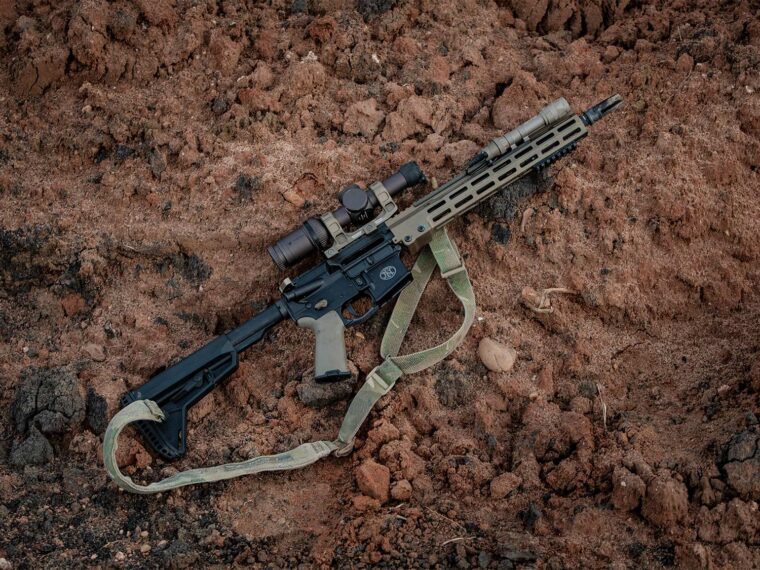
The AR upper receiver stands as the linchpin in determining the accuracy of an AR-15 rifle. It’s within this integral component that the barrel, rail system, gas system, and bolt carrier group meld together, crafting a symphony of precision. While the lower receiver houses the trigger and controls, the upper receiver’s impact on accuracy remains paramount. Every aspect, down to the minutest detail of the AR upper receiver, influences the overall performance. With each informed choice regarding its constituent parts, they can deftly unlock the full potential harbored within their AR-15 platform, thereby embracing a realm of precision shooting that leaves an indelible mark on the target.
Understanding Upper Receiver Components and Their Functions
Diving deeper, let’s explore the individual components residing within the upper receiver and their functions. The barrel serves as the launchpad for projectiles, with factors like length and profile influencing ballistics. The rail system provides stability and a platform for accessories, while the gas system regulates cycling and recoil. The bolt carrier group ensures consistent feeding and chambering. A cohesive understanding of these parts enables them to make well-informed decisions that synergize to enhance accuracy.
Choosing the Optimal Barrel Length and Profile
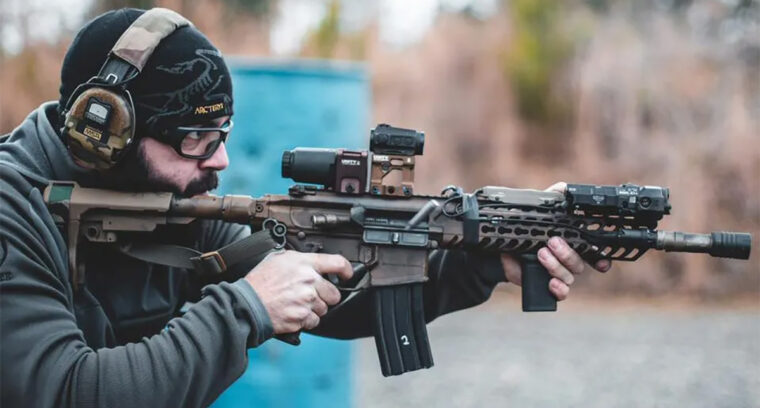
When it comes to barrels, size matters. The barrel’s length and profile significantly impact accuracy and handling. Longer barrels provide increased muzzle velocity and improved long-range accuracy. However, shorter barrels offer maneuverability in tight spaces. The barrel profile affects weight distribution, heat dissipation, and harmonics during firing. Striking a balance between these factors is essential for tailoring your AR-15’s performance to your specific goals.
Selecting the Right Rail System for Stability and Accuracy
Stability is the foundation of accuracy, and the rail system plays a crucial role in providing a sturdy platform for attachments. Key to this is choosing a rail system that harmonizes with the shooter’s grip and style. Whether it’s the lightweight M-LOK or the robust Picatinny rail, the choice should be guided by the shooter’s intended use, ensuring optimal support for accessories like scopes, grips, and bipods.
Barrel Materials and Their Impact on Shooting Consistency
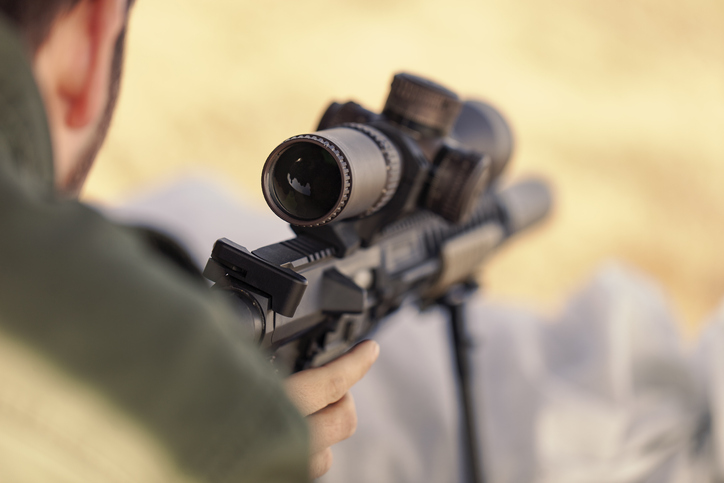
Barrel materials wield a profound influence over shooting consistency in the AR-15 platform. Stainless steel barrels offer steadfast resistance to heat-induced warping, ensuring accuracy endures under sustained fire. Chrome-lined barrels, while adding durability and corrosion resistance, may slightly sacrifice precision. Cold hammer-forged barrels strike a harmonious balance between accuracy and longevity, making them ideal for versatile use. Each material’s unique properties bear a direct imprint on the rifle’s performance. The choice of barrel material demands careful consideration of shooting priorities, from match-grade accuracy to rugged endurance. This choice is a pivotal one, where precision and durability intertwine, enabling shooters to sculpt their AR-15’s behavior in pursuit of the perfect shot, time and time again.
Exploring Gas System Options and Their Effects on Precision
Delving into gas system options for an AR-15, we uncover a realm where precision meets mechanics. The choice between direct impingement and gas piston systems ripples through the rifle’s performance. Direct impingement offers simplicity, while gas piston systems promise reduced recoil and carbon buildup. The decision impacts muzzle rise, cyclic rate, and ultimately, accuracy. By selecting the gas system that aligns with shooting goals, shooters can tailor their AR-15’s behavior to their advantage. Whether it’s rapid follow-up shots or tight groupings, understanding the intricate dance between gas systems and precision empowers shooters to wield their AR-15 with unparalleled control and finesse. The right gas system isn’t just an option; it’s a vital stride toward unlocking precision potential.
Importance of a Quality Bolt Carrier Group (BCG)
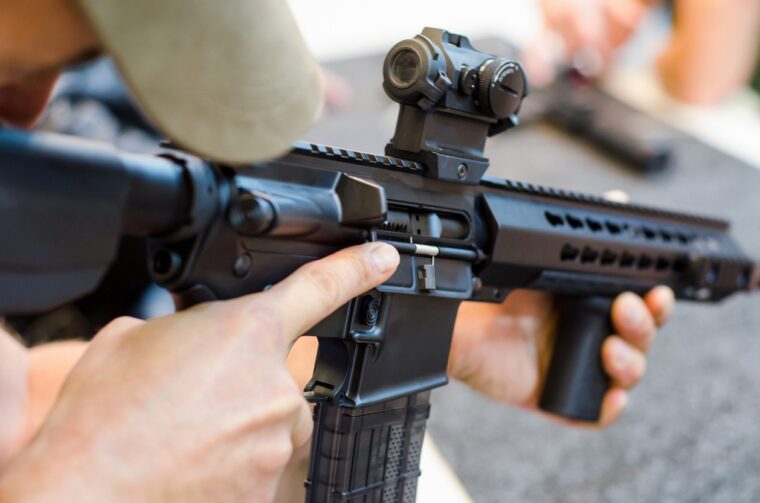
The often understated linchpin of shooting accuracy, the Bolt Carrier Group (BCG) in an AR-15 is a crucial element for consistent performance. A high-quality BCG ensures reliable chambering, smooth cycling, and minimized malfunctions, all directly influencing accuracy. Factors like proper staking of the gas key, robust construction, and advanced coatings contribute to durability and optimal function. Investing in a top-tier BCG isn’t just about enhancing reliability, but about elevating shooting precision to its zenith. When the BCG operates flawlessly, shots group tighter, follow-up shots are quicker, and the overall shooting experience becomes a symphony of controlled power. The BCG isn’t merely a component; it’s the backbone of precision in your AR-15.
Fine-Tuning with Adjustable Gas Blocks for Better Control
For those seeking finer control over their AR-15’s cycling behavior, adjustable gas blocks offer a solution. By regulating the amount of gas directed back into the system, shooters can optimize recoil management and cycling speed. This fine-tuning capability allows for tailoring the rifle’s performance to specific ammunition types and shooting scenarios, ultimately leading to tighter groupings and improved accuracy.
Optics and Sighting Systems for Improved Targeting Accuracy
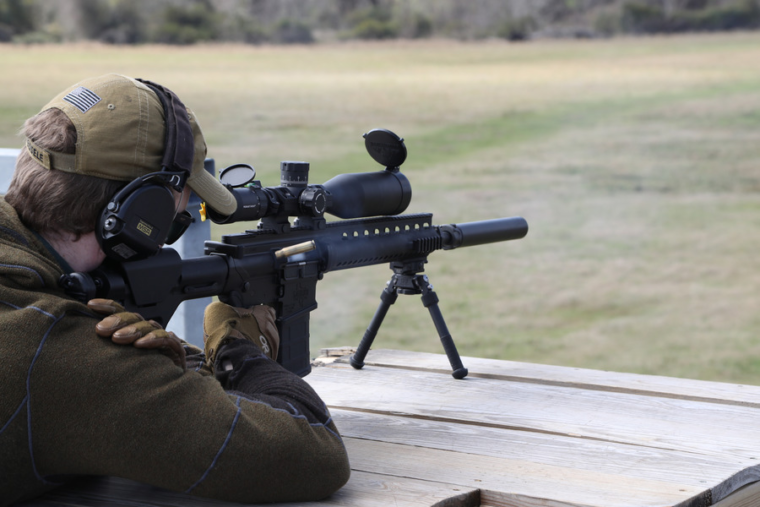
While the upper receiver’s mechanical components lay the foundation for accuracy, optics and sighting systems provide the final touch. A high-quality scope or red dot sight allows shooters to acquire targets quickly and maintain focus on the point of impact. Choosing the right reticle, magnification, and sight type is integral to translating the rifle’s mechanical precision into practical accuracy in the field.
Conclusion: Achieving Peak Shooting Precision with Proper Upper Receiver Choices
In the intricate world of firearm customization, the upper receiver of an AR-15 emerges as the cornerstone of shooting precision. Each component within the upper receiver has a vital role to play, and understanding their functions, interactions, and the impact of individual choices is paramount. By selecting the right barrel, rail system, gas system, bolt carrier group, and optics, shooters can harness the full potential of their AR-15 platform, translating technical prowess into unparalleled shooting accuracy. Remember, the journey towards peak shooting precision is a thoughtful one, paved with well-informed decisions and a dedication to mastery.
